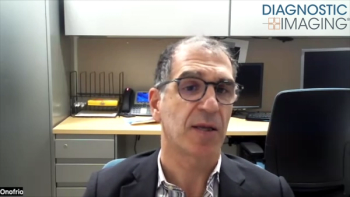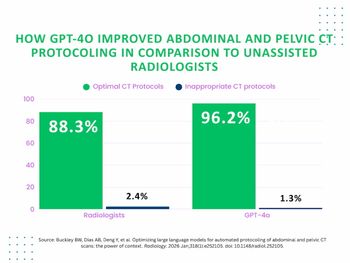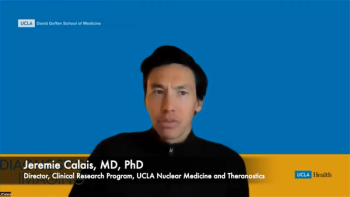
AI Cybersecurity: A New Protection for Imaging Devices
The dual-layer platform can identify malicious instructions from a host computer.
Medical imaging devices could have a new option for cybersecurity protection that could also help eliminate human- and system-related errors.
With its dual-layer architecture, this new technique can pick up on potentially dangerous instructions that are transmitted to a medical device from a host computer. According to researchers, the system can detect up to 99 percent of abnormal information in CT systems.
Ben-Gurion University Ph.D. candidate Tom Mahler and his colleagues presented this work at the 2020 International Conference on Artificial Intelligence in Medicine on Aug. 26.
Related Content:
According to Mahler, CT, MRI, and ultrasound machines are controlled by directions provided by a host computer. But, they can be infiltrated and compromised by cyberattacks, human errors, or software bugs. When this happens, they are vulnerable to receiving malicious instructions that can lead to radiation over-exposure, manipulation of device components, and image alteration.
To side-step these problems, Mahler and his team created a cybersecurity tool with a dual-layer architecture that can detect two types of anomalous instructions. They can be either context-free (CF) instructions that are unlikely values or directives, such as a 100-times increase in radiation dose, or context-sensitive (CS) instructions that are normal values or value combinations that could result in a mismatch of intended scan type, patient age, weight, or potential diagnosis. These types of situations can create patient harm, he said.
“For example, a normal instruction intended for an adult might be dangerous [anomalous] if applied to an infant,” he said. “Such instructions may be misclassified when using only the first, CF, layer; however, by adding the second, CS layer, they can now be detected.”
Mahler’s team tested and analyzed their new architecture on a CT system with 8,277 recorded CT instructions. They, then, evaluated the CS layer for four different types of clinical objective contexts, employing five supervised classification algorithms for each context. Adding the second CS layer, they said, boosted the overall anomaly detection performance to between 82 percent and 99 percent from 71.6 percent with just the CF layer.
Newsletter
Stay at the forefront of radiology with the Diagnostic Imaging newsletter, delivering the latest news, clinical insights, and imaging advancements for today’s radiologists.




























